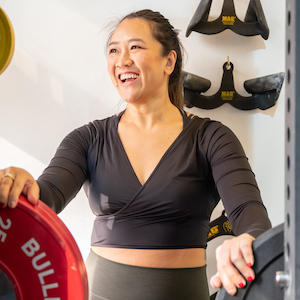Women can lift, period. Here is your motivation sheet to start your strength training journey!
There are two main misconceptions that put women off when it comes to strength training. One, that it makes them look “manly” and two, that in order to succeed at the gym, you have to be lying in a puddle of your own sweat and too sore and tired to move for days afterwards. Soreness is an indication of your ability to recover, not whether your training is working for you.
That being said, strength training has numerous benefits for our bodies. From building lean functional muscle (which is also a measure of longevity and improves metabolic flexibility; i.e. you can enjoy your carbs!), combating age-related issues like muscle loss and muscle pain, decreasing your risk of injury from day-to-day activities (ever needed to go down Pottinger street in the rain or with heels?), improving mental strength (imagine being able to achieve something you thought was “impossible”!) and it also helps balance your hormones.
Ahead, as a personal trainer myself, I will highlight how women can begin their strength training journey and common mistakes to avoid.
Read More: Your Guide To Personal Training Gyms & Personal Trainers In Hong Kong

What Exactly Is Strength Training
Strength training exercises involve using your body weight or equipment for the specific purpose of building muscle, strength and endurance. It is important to distinguish this from weight training which is simply training with weights to improve general health and fitness. Regardless of your health goals, strength should be your foundation.
How To Get Started On Strength Training For Women
 Start with your own body weight.
Start with your own body weight.
This requires little to no equipment other than yourself, and you can get started immediately. There are plenty of resources online to get bodyweight workouts in. You can add on resistance bands and suspension trainers such as the Recoil. However, the downside is that you may hit a plateau quite quickly.
 When you are ready to start lifting weights, start with dumbbells.
When you are ready to start lifting weights, start with dumbbells.
As free weights, they are easy to add to bodyweight movements for progression and also add a challenge for stabilisation. I also like to add in cables as they provide constant tension and don’t require a lot of technical knowledge.
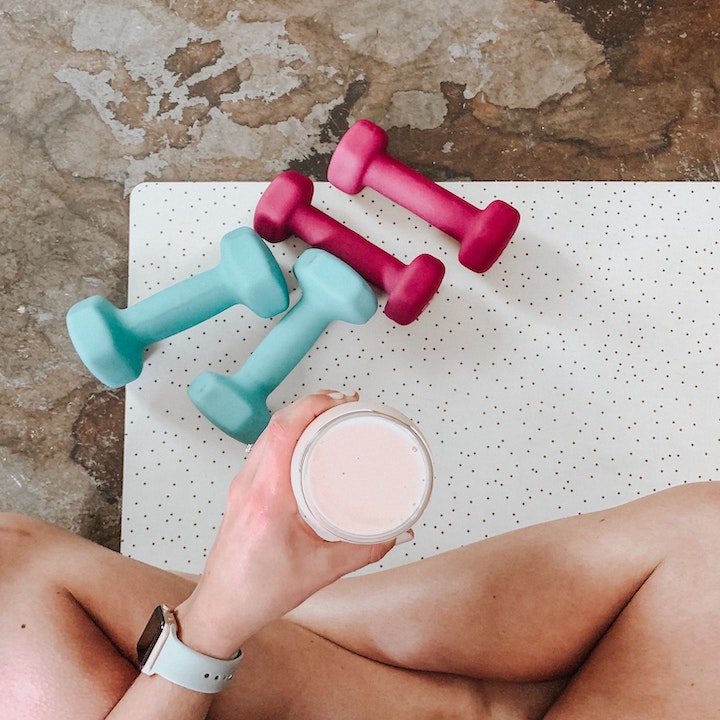
 Invest in an introductory strength training program with a qualified strength coach.
Invest in an introductory strength training program with a qualified strength coach.
This can be 1:1 or in a small group, but one of the best pieces of advice I ever got in my career was that an hour of training with the right person, can save you years of learning from books and videos. It might be expensive at the outset, but this is an investment to not just learn the right technique but also empower yourself with the right knowledge to be more independent.
Don’t be intimidated by others on the (commercial) gym floor – I can tell you, that most people don’t know what they’re doing. If you have a workout plan, just stick to it. If you don’t want to be in a room with a lot of people, look for a boutique gym which has semi-private and small-group coaching programs for beginners and those who want to get into strength training.
Read More: The Best CrossFit Gyms In Hong Kong
Does Strength Training Differ From Men To Women?
In short: Women are NOT little men!
Women have more hormonal journeys than men. While both men and women both go through puberty, women continue on through pregnancy, the post-natal period (that is forever!), followed by peri-menopause, menopause and post-menopause.
Women are also biomechanically different from men, they have a wider pelvis, greater anterior pelvic tilt and are generally more flexible than men, particularly during certain times of their menstrual cycle. This means that they are at greater risk of injuries, particularly in their knees and lower backs. There are so many hormonal changes throughout a woman’s life, that a strength training program should consider these changes to prevent overtraining and make hormonal imbalances worse.
Common Strength Training Mistakes And How To Avoid Them
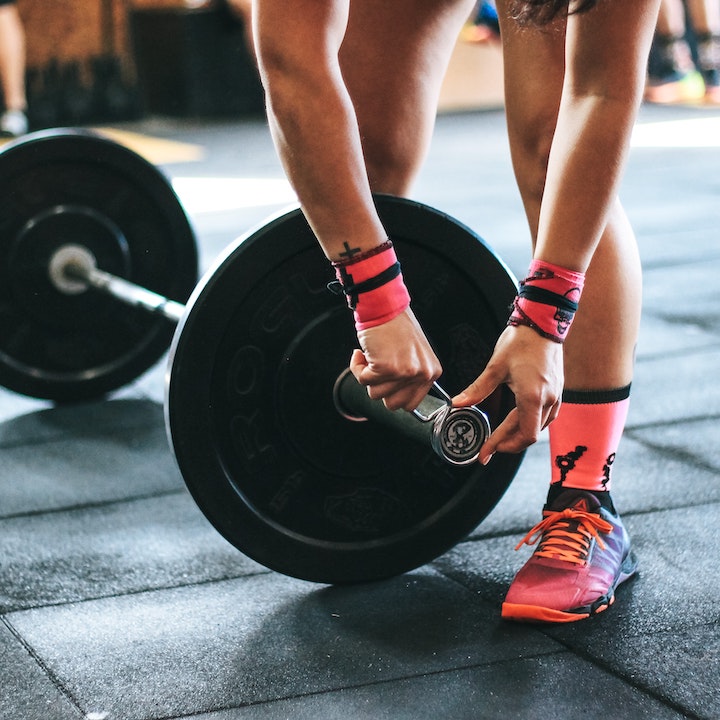
Strength Training Mistakes: Warm-Up And Forming Routines
- Not warming up appropriately. Static stretches, jumping jacks and running on a treadmill before a strength workout does not constitute an adequate warm-up as while this increases body temperature, it does not prepare your nervous system. If you are planning to lift weights, warm up with an empty bar and/or very light weights using the same movements that you plan to do in your workout for that day.
- Failing to assess and re-assess. If you don’t assess and obtain a measure of your different strength qualities, and re-assess, you will not know if you’re improving.
- Lifting with poor technique or performing a lift when physically not ready. This may result in worsening imbalances at the least and serious injury in the worst case.
- Doing only movements you like or are good at. This can hold you back as you are only as strong as your weakest link.
- Doing the same program all the time or re-using programs you have done before and being surprised that they don’t work for you. Part of the improvement in strength is that there needs to be a change in stimuli once your body adapts to a program, otherwise you will plateau.
How to avoid: Working with a qualified strength coach that can help you with a personalised and structured strength training program and is able to troubleshoot your form and technique. A good strength coach will also perform regular assessments on key indicator lifts and other measurements. Taking a basic education course in strength training can also bring you many benefits if you want to be able to create your own workout plans.
Read More: Physiotherapy, Chiropractors, And Osteopaths In Hong Kong
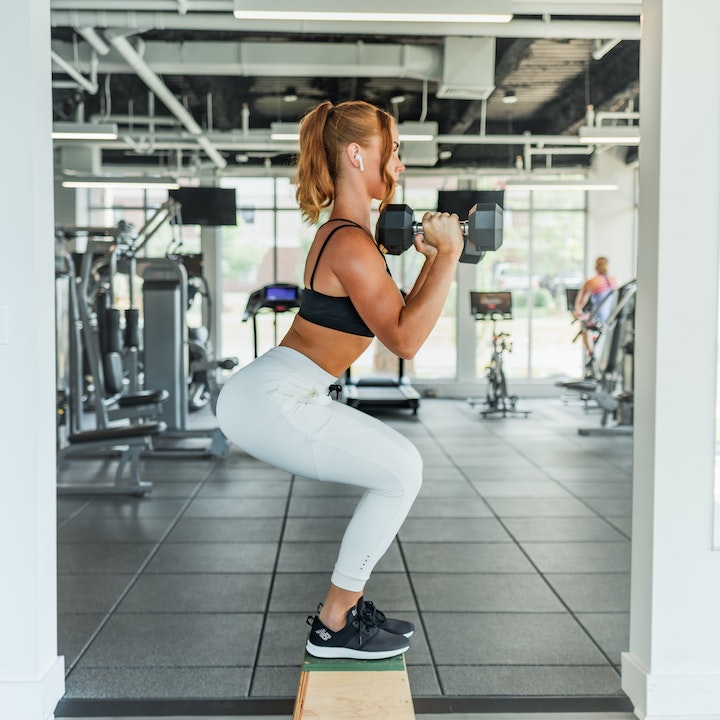
Strength Training Mistakes: Posture
- Neglecting mobility or prehab. Poor mobility or weak stabiliser muscles can increase your risk of injury long term, limit your progression and may even result in injury during a workout.
- Neglecting structural balance. Our bodies are generally more dominant on one side versus the other, so only ever performing bilateral movements such as squats or barbell presses only serves to keep imbalances and translates to a greater risk of injury. Moreover, women are biomechanically different than men and as above, and arguably should focus on structural balance. An improvement in structural balance will also improve your overall strength.
How to avoid: Include more free weights such as dumbbells and single arm or leg movements are key to improving structural balance. Add in 15 minutes of mobility and/or prehab movements to a workout.
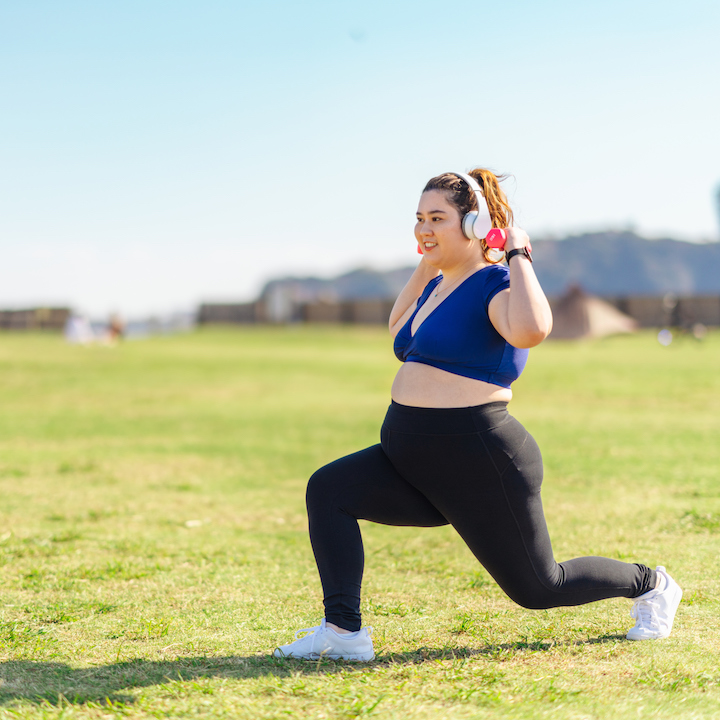
Strength Training Mistakes: Missing Out On Recovery
Not incorporating proper recovery into your training program, pushing through pain and using soreness as a measure of success? You can only train as hard as you can recover, and if your recovery is not on point, you may be losing out on your hard work. Delayed onset of muscle soreness is actually a measure of your recovery, and therefore being constantly sore is a sign that you’re not recovering.
How to avoid: Incorporate recovery sessions into your training program. This goes beyond just getting a good night’s sleep post-training! A recovery session is where you upregulate your parasympathetic system; through meditation, infrared sauna, breathwork, yin yoga, and so on.
Read More: The Best Yoga Studios & Classes In Hong Kong
Strength Training Mistakes: Using Weights As A Measurement Of Strength
Load is not the only parameter of progression. This is important as many people fall into the trap of thinking that the more they can lift, the stronger they are.
How to avoid: I prefer to use strength ratios which are more functional. For example, if your quadriceps strength is 5 times more than your hamstring strength, this leads to imbalances which if neglected, can result in injury. Focusing on the quality of movement as opposed to the quantity of movements will result in healthier and more stable joints.
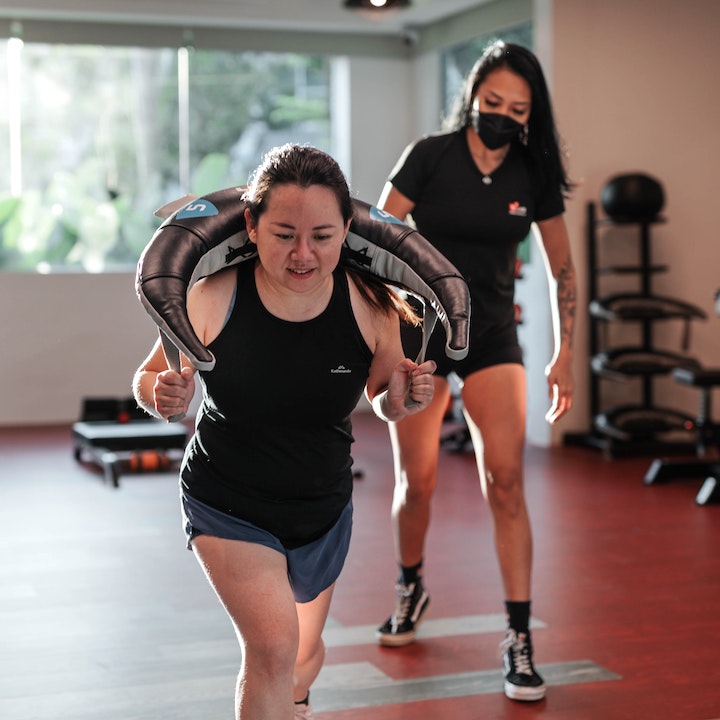
Strength Training Mistakes: Not Finding The Right Coach
By far, my biggest pet peeve is when strength coaches are not regulated, like in Hong Kong. A personal training qualification or being a fitness instructor does not necessarily mean that a person is a strength coach.
How to avoid: It is important to ask for your personal trainer’s qualifications and check that they are indeed a strength coach. Check for international qualifications such as Poliquin (PICP), ASCA (Australian Strength & Conditioning) and CSCS (Certified Strength & Conditioning Specialist).
Read More: 4 Ways To Integrate Active Movement Into Your Daily Routine
Editor’s Note: Tricia Yap is an internationally accredited strength coach and the Founder of Limitless Gym, a boutique gym in Central. Follow on Instagram: @triciayap or @limitlesshealthhk
Main image courtesy of Getty, image 1 courtesy of Getty, image 2 courtesy of Derick McKinney via Unsplash, image 3 courtesy of Victor Freitas via Unsplash, image 4 courtesy of Benjamin Klaver via Unsplash, image 5 courtesy of Getty, image 6 courtesy of TSquared Lab via Pexels.





 Eat & Drink
Eat & Drink



 Travel
Travel



 Style
Style



 Beauty
Beauty



 Health & Wellness
Health & Wellness



 Home & Decor
Home & Decor



 Lifestyle
Lifestyle
 Weddings
Weddings




